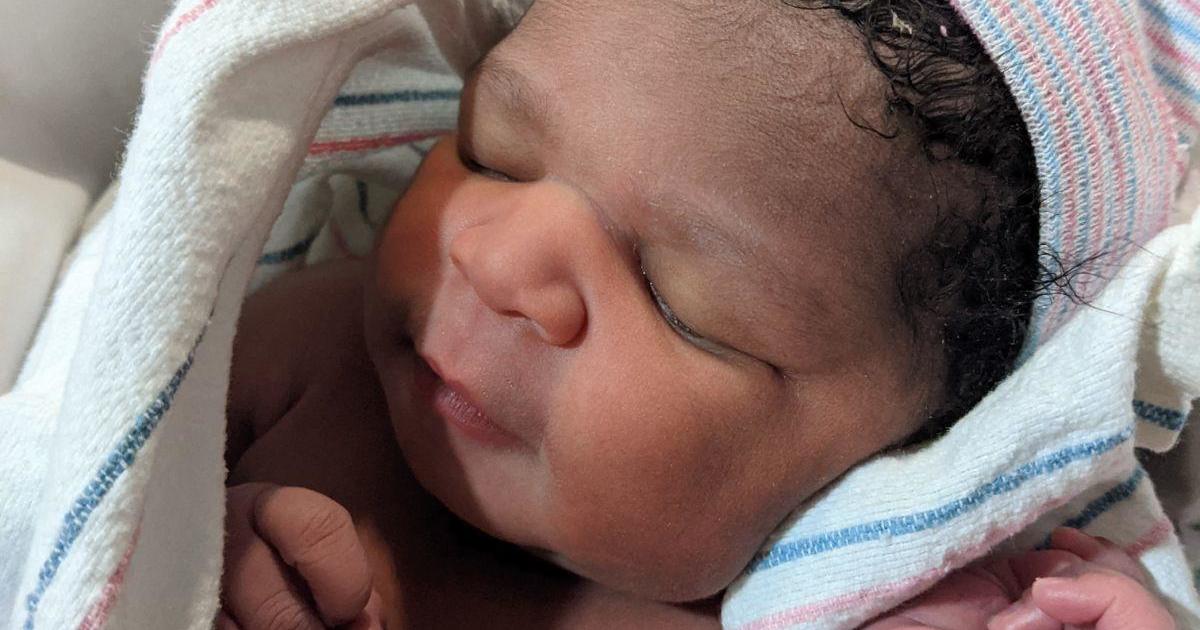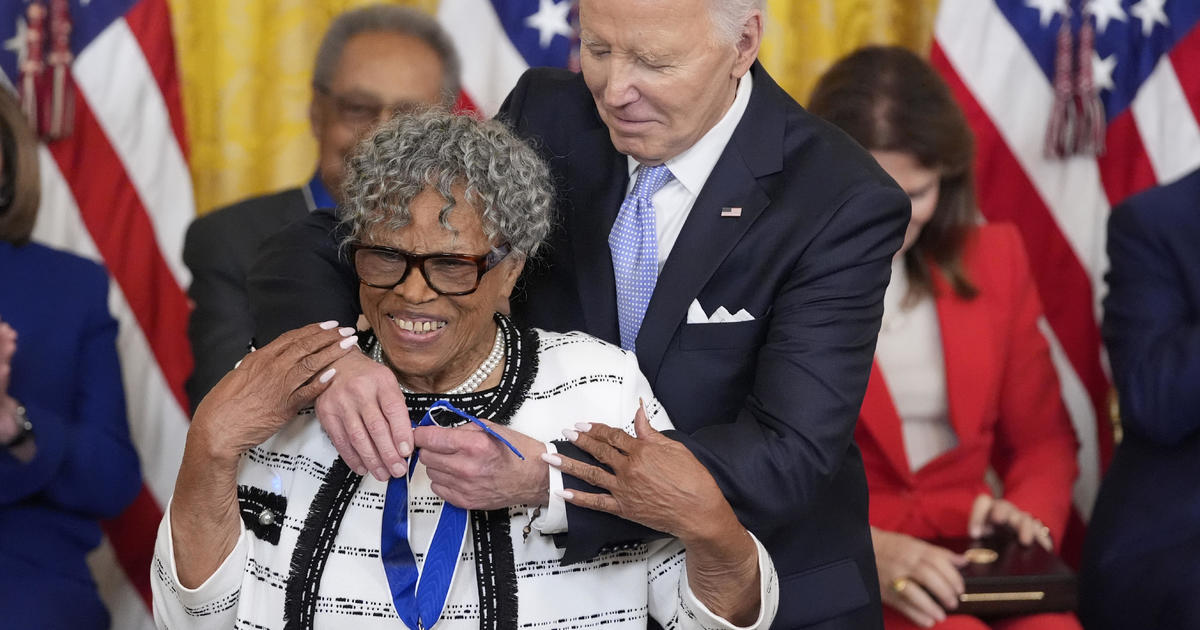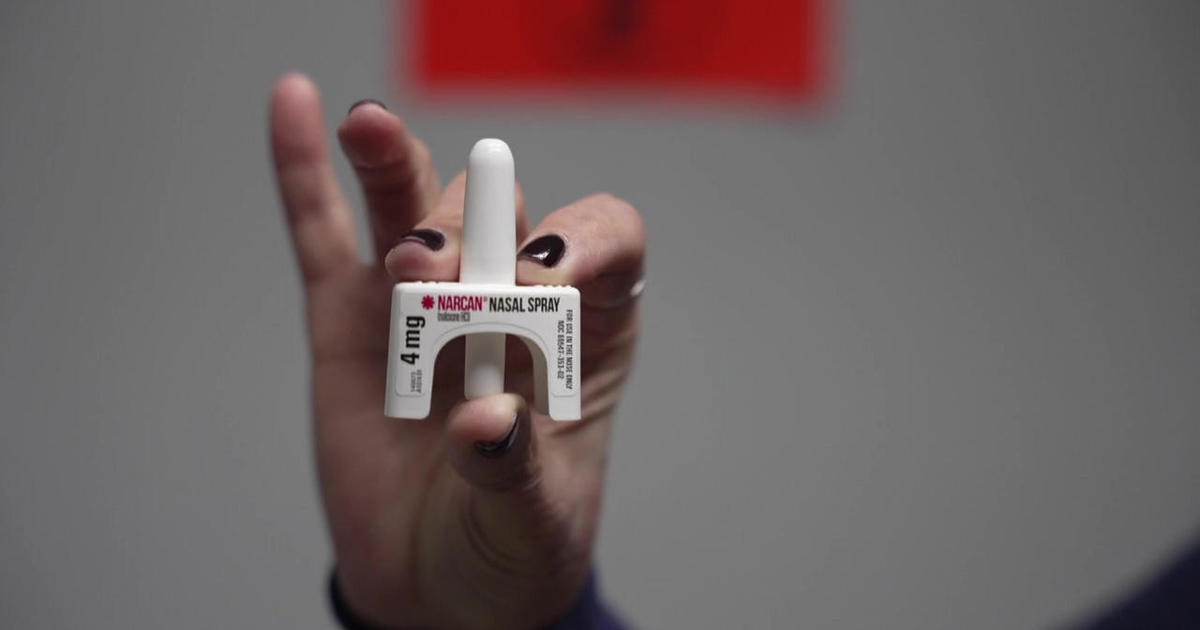The 'law of thirds' can help reduce your lawn's environmental impact while saving money
FORT WORTH, Texas (CBSDFW.COM) — Corn is well-known for how much water it consumes, but even it comes up short compared to the most commonly irrigated crop in the United States.
The title is actually held by lawns. According to NASA estimates, there are about 40 million acres of lawns in America.
The ubiquity of lawns across the county is related to the spread of suburbs and the collective thought of what is considered "curb appeal." Since home equity is the number one source of wealth for middle-class America, curb appeal is a powerful concept. If one traveled the American suburban roads as an outsider, it's easy to see how their takeaway might be an American obsession with lawns.
That being said, it is really time to rethink turf. With rapidly declining songbird and pollinator populations, the dangers of monocultures – the practice of widely growing a single crop at a time – are real. But there's power in numbers; suburban homeowners acting en masse can significantly help alleviate the current ecological pressures on our biome by cutting back on the amount of turf in their yards and replacing it with native, low-maintenance plants.
If somehow all the homeowners and municipalities in American could replace even just a third of their grass with native plant landscapes, it alone would add 10 million acres of greenspace across the country for birds, pollinators and other wildlife. That's not even taking into consideration how much water, materials, and money it would save.
Mind you, I'm not suggesting everyone take all of their turf out. I consider myself an extreme example. About a decade ago, I bought a house built in the early 90s with a typical display of grass in the front, side and back yard. After getting to know Patrick Dickinson, his co-worker Daniel Cunningham, and Steve Huddleston of the Fort Worth Botanic Garden, I started to turn against the idea of grass.
In the first five years of living in my house, I took out the lawn, replacing it with hardscape and raised garden beds. There is no grass in my backyard, side yards, and about a third of my front lawn. I've reduced my lawn footprint about 80% using what's called the "law of thirds."
The law of the thirds means portioning your yard so that one-third of it is turf, one-third is hardscape, and one-third contains plants and trees. What native or native-adaptive plants you put in and how you water – drip irrigation under mulch is best – is also a key component of the "pocket prairies" espoused by The Lady Bird Johnson Wildflower center.
If we could offer property tax breaks to homeowners who reduce their lawn footprints to a third of their total acreage and replace grass with native plants watered with drip irrigation, Lady Bird Johnson herself would be proud and songbirds would sing.





